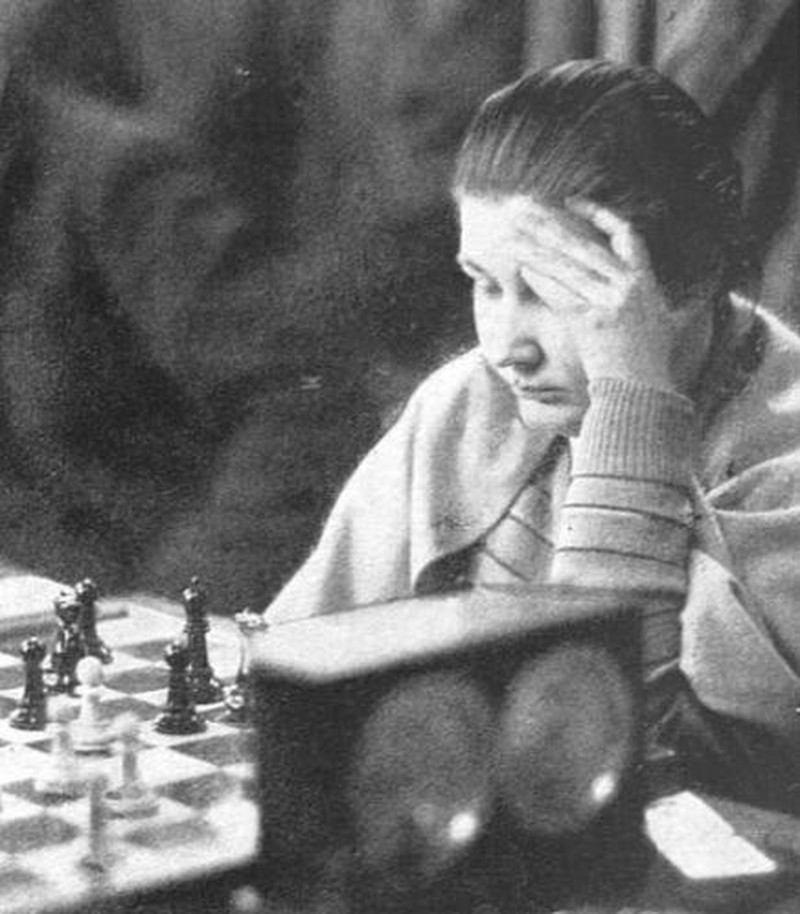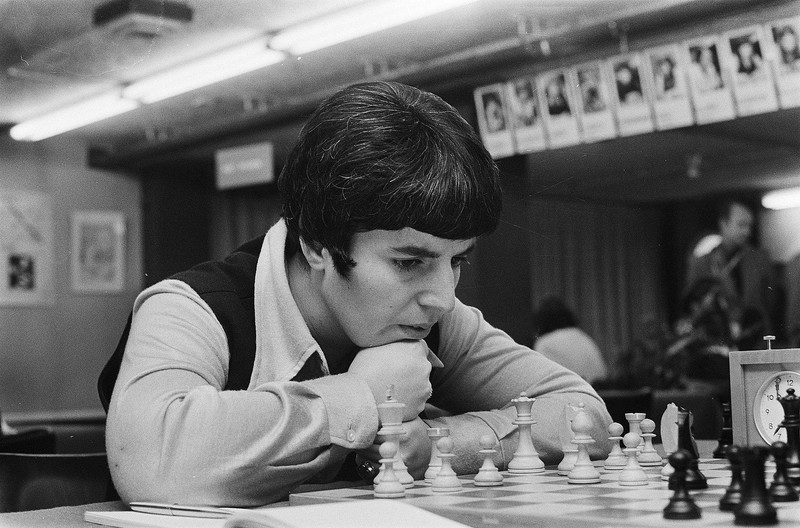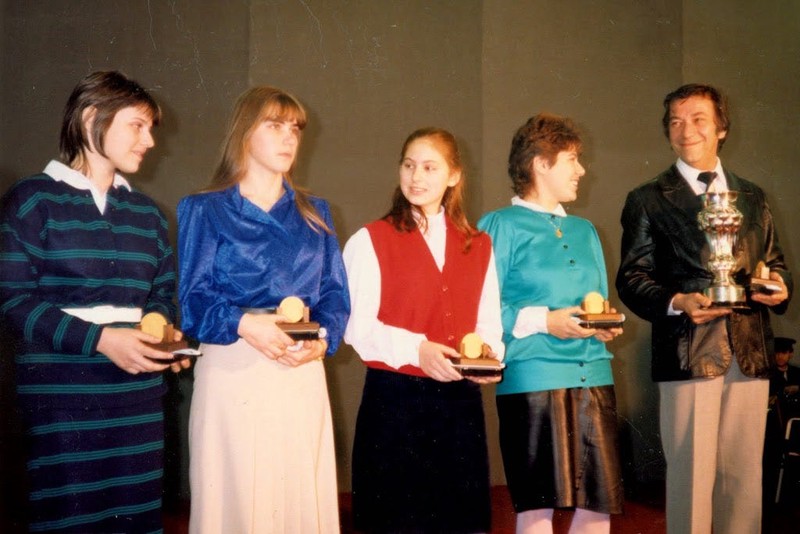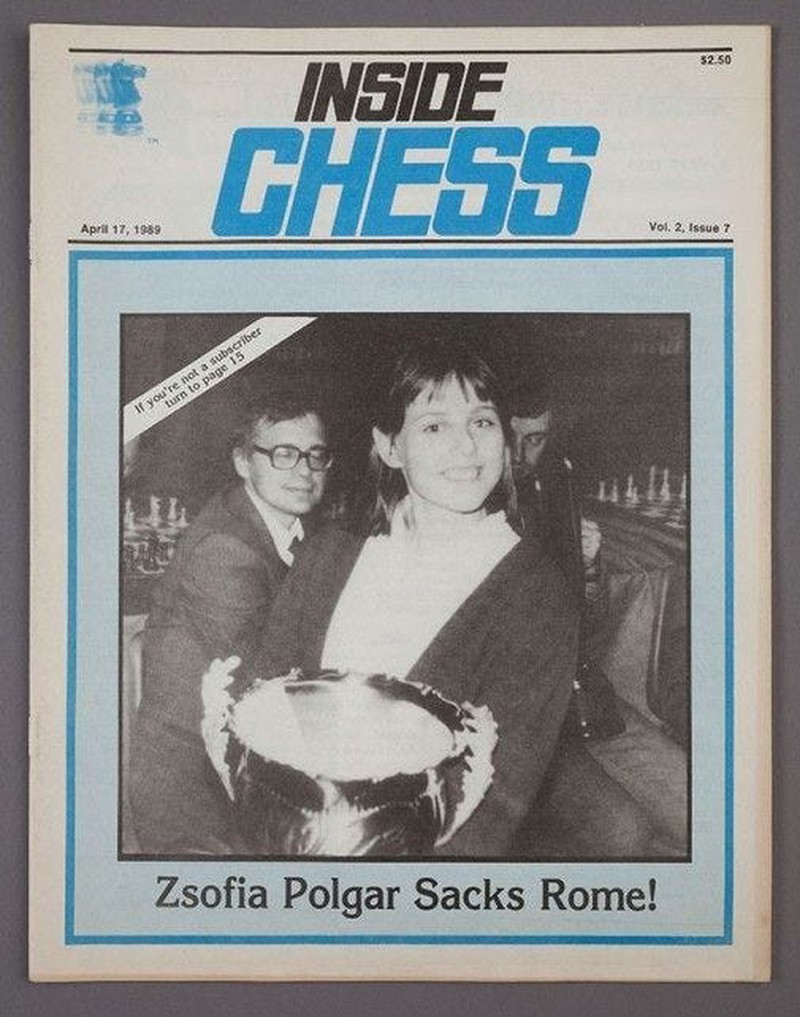
via Susan Polgar
The Entire History of Women's Chess in Eight Tournaments (Part 1)
The beginnings of women's chess!It’s impossible of course to condense all of women’s chess history into just eight tournaments, but if you were to know just eight landmark tournaments in women’s chess history, these are the eight it would be.
No. 1: Ramsgate 1929
Not long after Vera Menchik became the inaugural Women’s World Champion in 1927, she was given the opportunity to compete against the masters in the world’s elite tournaments of the time.
It was at the Kent Congress at Ramsgate in 1929 that a 23-year-old Vera Menchik solidified herself in the ranks of the masters. Menchik was playing alongside World Champion José Raúl Capablanca and former near World Championship challengers Akiba Rubinstein and Géza Maróczy. Their team of seven faced off against an all-British team in a Scheveningen match to help prepare them for the next Olympiad.
Menchik was not originally supposed to play, but was one of three late additions after at least one player withdrew. The stacked world team dominated the match, taking the top six spots, but it was Menchik’s performance that caught everyone’s attention. She finished tied for second with Rubinstein on 5/7, just half a point behind Capablanca and half a point ahead of her former coach Maróczy. She beat two of Britain’s four IM-level players, George Thomas and Reginald Michell, and didn’t lose a single game.
Menchik’s achievement was widely celebrated and earned her many invitations to compete in elite international tournaments in the decade to come. Menchik had made it: she was the first woman to be accepted as a master.

Vera Menchik several months after her major success at Ramsgate. Credit: The Graphic, retrieved by John Saunders.
No. 2: Lone Pine 1977
By 1977, Nona Gaprindashvili had been Women’s World Champion for the last 15 years. Like Menchik, she had been a regular competitor in strong open tournaments with grandmasters, but she had yet to become one herself.
That changed in 1977 at the Lone Pine International in the United States. At this point, not only had no woman ever become a GM, no woman had even made a GM norm. Nona had come close to being the first a year earlier, but came up half a point short. Not this time. At Lone Pine, not only did Nona make the norm, she did so with a 2616-level performance, well above the 2550 level needed at the time. She won all five games with White and was also a joint winner of the tournament with three others, including established GMs Oscar Panno and Yuri Balashov.
FIDE considered Lone Pine to be such a standout result that a year later, they decided to award Nona the GM title directly, as they had done for another player a year earlier. At this point, Nona had actually lost her World Championship title, but now she had accomplished something new. She was the the first woman to become a Grandmaster.

Nona Gaprindashvili a few years before she won Lone Pine. Credit: Dutch National Archive.
No. 3: Thessaloniki Chess Olympiad 1988
By 1988, the USSR had won every single Women’s Chess Olympiad in history they played, starting from the very first one in 1953. They were the dominant force in women’s chess with two Georgian five-time Women’s World Champions and no other federation could stop them. But what about one set of sisters?
The 1988 Olympiad in Thessaloniki marked the debut of all three Polgar sisters, a 19-year-old Susan (2490) on Board 1, a 12-year-old Judit (2365) on Board 2, and a 14-year-old Sofia (2345) on the reserve board behind 19-year-old Ildikó Mádl (2345) on Board 3. On the other hand, the USSR fielded a veteran team all past age 30. Even with Nona sitting out, they had World Champion Maia Chiburdanidze and two of her past World Championship challengers, Elena Akhmilovskaya and Irina Levitina.
With the future of women’s chess at stake, this was the tournament that Judit really announced herself to the world. She scored a blazing 12½/13 while Susan didn’t lose any games either. As for the teams, Hungary met the USSR in Round 5 with both teams still perfect. This was actually the only round Judit didn’t win and Susan only held Maia to a draw. That left it up to Mádl, but she delivered the win to clinch the match and put Hungary at the top of the standings.
Despite that match win, Hungary and the USSR were still tied entering the final round. Amazingly, the USSR were held to a draw by the much lower-rated Netherlands, while Hungary prevailed over Sweden. The teenagers and pre-teen had done it. Hungary claimed gold. Soviet dominance of women’s chess was over.
The major happenings at the tournament didn’t just involve the Polgar sisters. Ildikó Mádl experienced a tragedy at the start of the event in which her fiancé IM Béla Perényi died in a car crash on his way there. Separately, in a rather opposite twist, their rival Elena Akhmilovskaya abandoned the tournament with four rounds left to defect from the USSR and marry US team captain John Donaldson.
Beyond the Olympiad itself, it was after this tournament that Judit Polgar cracked the top 100 for the first time, coming in at No. 55 on the next rating list with a rating of 2555, already the No. 1 woman in the world at age 12.

Sofia Polgar, Ildikó Mádl, Judit Polgar, and Susan Polgar receiving the gold medals for Hungary at the 1988 Olympiad. Credit: via Susan Polgar.
No. 4: Sack of Rome 1989
Sofia Polgar may be the least famous of the Polgar sisters, but it was Sofia who was the first of the three to have a famous individual performance, one of the most famous performances not just in women’s chess history, but in all of chess history.
Just a few months after the Olympiad, Sofia played the Magistrale di Roma, a Swiss open with a number of top 100 grandmasters. She beat two unrated opponents in the first rounds. Then a GM. Then an IM. Then another GM. Then another IM. Then two more GMs before finally drawing a GM in the last round. Final score: 8½/9, including an 8/8 start. She won the tournament by two full points. She beat 4 GMs and 2 IMs. Her rating was only 2295. Her rated opponents had an average rating over 2500, including two at 2580, and she scored 6½/7 against them. That’s a 2900+ level performance.
It was the dubbed the “Sack of Rome.” Even for GMs, very few have ever had such an 8/8 performance against such strong opposition, let alone for a 14-year-old under 2300 to do it. Sofia would go on to reach 2500 in the mid-90s, but never made her final norms, coming up narrowly short of the GM title. But no matter what she would achieve, Sofia would always have one of the greatest performances in all of chess history.

Sofia Polgar’s biggest moment! Credit: Inside Chess.
And with those results, that takes us to the modern era. Four defining tournaments in women’s chess history. But that’s only half the story. For the last four tournaments that take us to the present, you’ll have to stay tuned for the next post!
For daily coverage of women's chess, follow Women's Chess Coverage on Twitter. For more posts, check out Women's Chess Coverage on Substack, where you'll be able to catch every post before it goes up on lichess, plus extra posts and related content!
You may also like
 GM NoelStuder
GM NoelStuderHow To Think During A Chess Game
Today, I will teach you how to think during a Chess game. Most students draw a blank when I ask them… OnTheQueenside
OnTheQueensideEntire History of Women's Chess in Eight Tournaments (Part 2)
The present awaits! OnTheQueenside
OnTheQueenside